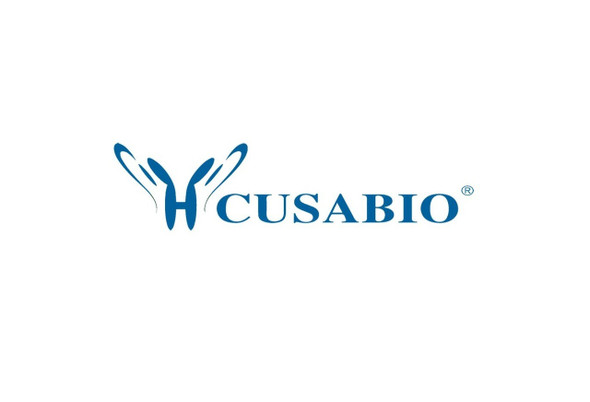Cusabio Polyclonal Antibodies
TRIM25 Antibody | CSB-PA997812
- SKU:
- CSB-PA997812
- Availability:
- 3 to 7 Working Days
- Size:
- 100ul
Description
TRIM25 Antibody | CSB-PA997812 | Cusabio
TRIM25 Antibody is Available at Gentaur Genprice with the fastest delivery.
Online Order Payment is possible or send quotation to info@gentaur.com.
Product Type: Polyclonal Antibody
Target Names: TRIM25
Aliases: EFP; Efp; Estrogen responsive finger protein; TRI25; TRIM25
Background: Functions as a ubiquitin E3 ligase and as an ISG15 E3 ligase. Involved in innate immune defense against viruses by mediating ubiquitination of DDX58. Mediates 'Lys-63'-linked polyubiquitination of the DDX58 N-terminal CARD-like region which is crucial for triggering the cytosolic signal transduction that leads to the production of interferons in response to viral infection. Promotes ISGylation of 14-3-3 sigma (SFN), an adapter protein implicated in the regulation of a large spectrum signaling pathway. Mediates estrogen action in various target organs.
Inoue S., Proc. Natl. Acad. Sci. U.S.A. 90:11117-11121 (1993) .
The MGC Project Team, Genome Res. 14:2121-2127 (2004) .
Rush J., Nat. Biotechnol. 23:94-101 (2005) .
Isotype: IgG
Conjugate: Non-conjugated
Clonality: Polyclonal
Uniport ID: Q14258
Host Species: Rabbit
Species Reactivity: Human
Immunogen: Synthesized peptide derived from internal of human ZNF147.
Immunogen Species: Human
Applications: ELISA, WB
Tested Applications: ELISA, WB;WB:1:500-1:3000
Purification Method: The antibody was affinity-purified from rabbit antiserum by affinity-chromatography using epitope-specific immunogen.
Dilution Ratio1: ELISA:1:2000-1:10000
Dilution Ratio2: WB:1:500-1:3000
Dilution Ratio3:
Dilution Ratio4:
Dilution Ratio5:
Dilution Ratio6:
Buffer: Rabbit IgG in phosphate buffered saline (without Mg2+ and Ca2+), pH 7.4, 150mM NaCl, 0.02% sodium azide and 50% glycerol.
Form: liquid
Storage: Upon receipt, store at -20°C or -80°C. Avoid repeated freeze.
Initial Research Areas: Cell Biology
Research Areas: Epigenetics & Nuclear Signaling;Cell biology;Signal transduction






